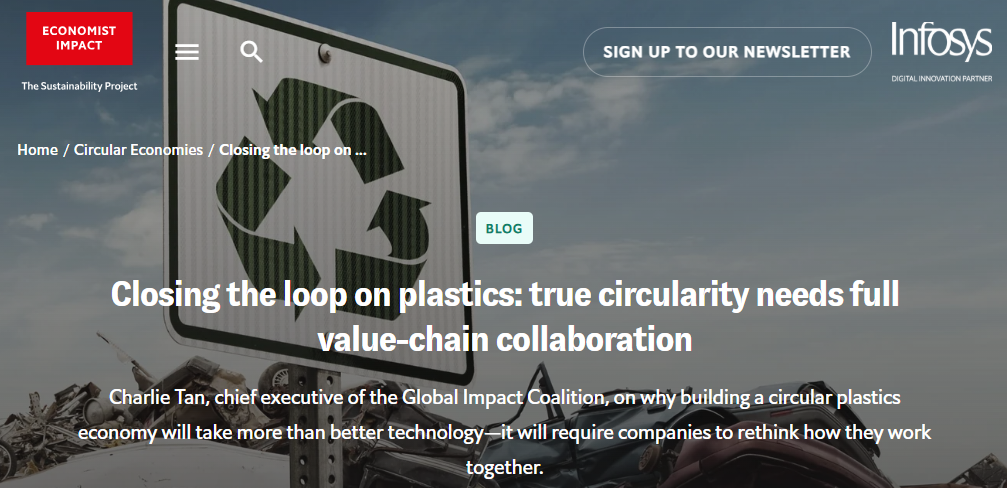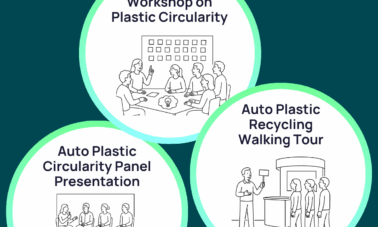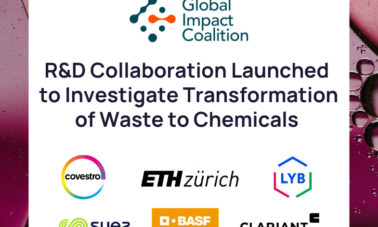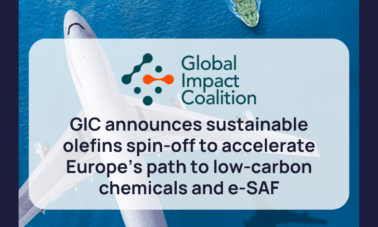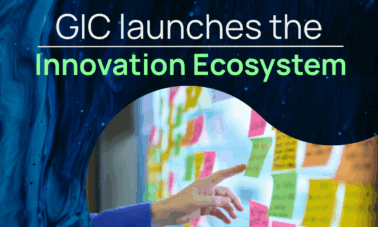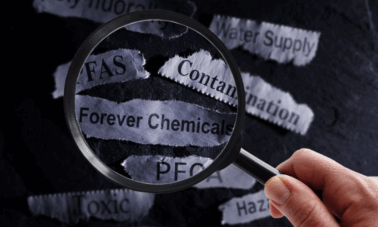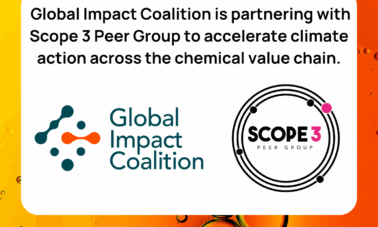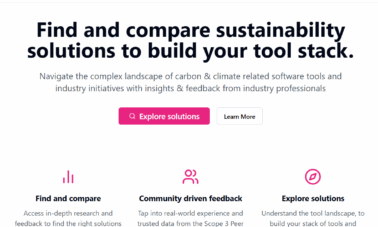Closing the loop on plastics: true circularity needs full value-chain collaboration
By Charlie Tan, CEO of the Global Impact Coalition
The missing link in plastics circularity
The chemical industry is making significant strides in developing advanced recycling technologies to give plastics a second life. Yet despite this progress, one critical piece remains missing: full value-chain collaboration. Without it, the industry’s efforts will hit a ceiling, limiting the impact of even the most promising innovations.
Each year, approximately 350m tonnes of plastic waste are generated globally (2019; Our World in Data). In 2019, nearly half of this waste was landfilled, while 82m tonnes were mismanaged—ending up in rivers, oceans and other waterways, where it harms marine life and ecosystems. Alarmingly, less than 10% of plastic waste is recycled annually worldwide.
End-of-life players—waste managers, collectors, sorters and recyclers—are critical in securing materials that need to be reintegrated into the system. At the other end, chemical companies possess the expertise to convert these materials into high-quality feedstock. However, these groups have historically operated in silos, with little structured, trust-based collaboration. The lack of economic incentives and formalised frameworks has hindered co-operation between the two “ends” of the value chain. This disconnect remains a major barrier to achieving true plastics circularity.
What’s needed to make it work
Achieving a circular plastics economy requires more than just technological advancements; it demands a fundamental shift in how companies collaborate. Three key elements are essential:
To find out more, read the full article here.

